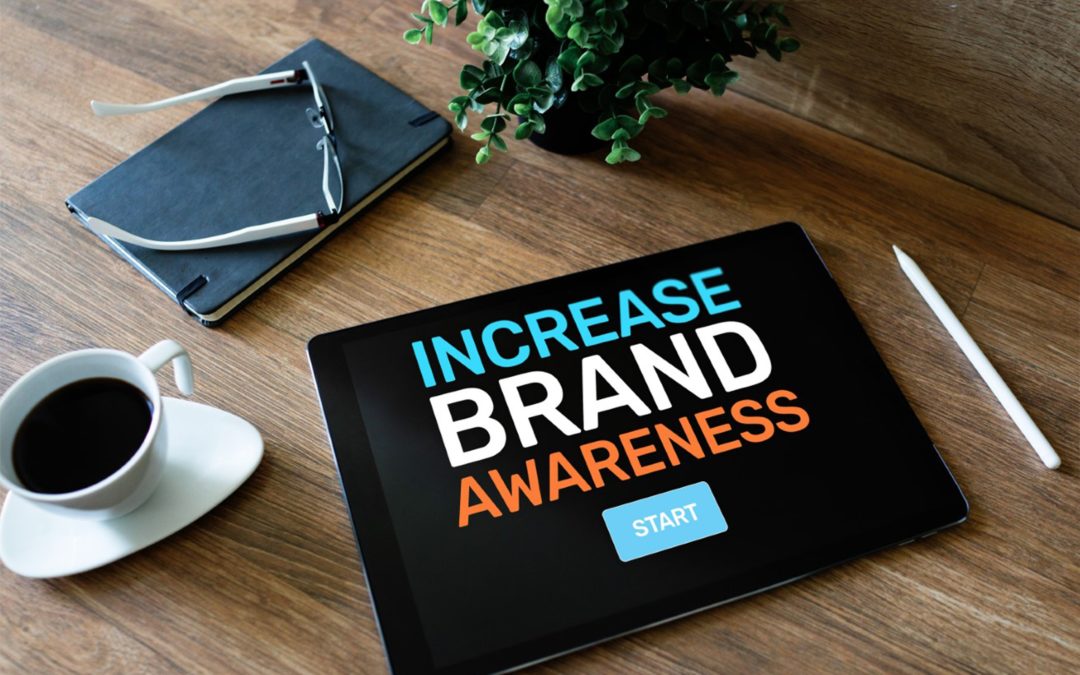In an age where information is readily available online, law firm websites are crucial tools for connecting with potential clients and showcasing expertise. What if potential clients with disabilities face barriers accessing the crucial information they are searching for? This is where the Web Content Accessibility Guidelines (WCAG) play a vital role in ensuring equal access to information for everyone.
Understanding WCAG Compliance in Websites
WCAG is a set of internationally recognised guidelines that define how to make web content accessible to people with disabilities. These guidelines cover a wide range of impairments, including visual, auditory, cognitive, and motor limitations. By adhering to WCAG, law firms can create websites that are:
- Perceivable: Information and user interface components are readily available through different senses. This includes providing alternative text for images and captions for videos, ensuring that all users can access the content.
- Operable: Users can navigate and interact with the website effectively using various input methods. This includes features such as keyboard navigation and compatibility with screen readers.
- Understandable: Content is clear, predictable, and easy to read. This involves using plain language and organising the website in a logical structure to enhance comprehension.
- Robust: Content is compatible with different assistive technologies and remains usable in different browsing environments. This ensures that individuals with disabilities can access the website regardless of the tools they use.
How to Make Websites WCAG Compliant
To ensure WCAG compliance for law firm websites, there are several key steps that should be followed:
- Conduct an Accessibility Audit: Start by identifying areas where your website falls short of WCAG standards. Tools like the WAVE Web Accessibility Evaluation Tool can help assess the accessibility of your web content.
- Focus on Priority Issues: Begin by addressing the WCAG 2.1 Level A and AA Success Criteria, which target the most significant accessibility barriers. This includes aspects such as alternative text for images, keyboard navigation, and colour contrast.
- Prioritize Content Accessibility: Make sure that essential information, such as contact details, practice areas, and legal resources, are accessible to all users. This ensures that individuals with disabilities can access the most critical information on your website.
- Invest in Accessibility Training: Train your website and content teams on WCAG principles and best practices. This will help them understand the importance of web accessibility and ensure that future content and updates adhere to the guidelines.
Tips for Law Firms
For Australian law firms specifically, the following tips can help ensure web accessibility:
- Leverage WCAG Resources: Utilize accessibility compliance testing for guidance on meeting accessibility requirements.
- Involve People with Disabilities: Seek feedback from disability groups or individuals to understand their specific needs and challenges when accessing legal information online.
- Use Accessible Design Tools: Choose website builders such as WordPress and plugins that offer built-in accessibility features. These tools can simplify the process of creating accessible content and ensure compliance with WCAG guidelines.
- Stay Up-to-Date: WCAG standards evolve over time, so it’s important to review and update your website to ensure ongoing compliance regularly.
Examples of WCAG Compliance in Action
Here are a few examples of how law firms can implement WCAG compliance:
- Adding alt text to images: Describing the content of images using alternative text allows screen readers to convey the information to users who are visually impaired.
- Using descriptive link text: Instead of using generic terms like “click here,” provide clear and descriptive link text to give users context about where the link will take them.
- Providing keyboard navigation: Ensure that users can navigate through your website using only their keyboard, as some individuals may not be able to use a mouse.
- Adjusting font size and colour contrast: Increase the font size and ensure sufficient colour contrast to enhance readability for users with visual impairments.
Beyond Compliance: The Benefits of Accessibility
Prioritizing WCAG compliance goes beyond meeting legal requirements; it also brings several benefits to law firms, including:
- Expanding Your Reach: By making your website accessible, you can attract a wider audience, including individuals with disabilities and their families. This can lead to new client opportunities and increased engagement.
- Enhanced Brand Reputation: Demonstrating a commitment to diversity and inclusion by prioritising web accessibility fosters trust and loyalty among potential clients. It showcases your law firm as an advocate for social justice and equal access to legal information.
- Improved User Experience: WCAG compliance benefits not only users with disabilities but also all website visitors. By creating a more user-friendly website, you enhance the overall user experience and satisfaction.
Conclusion
WCAG compliance is not only a legal requirement but also an ethical imperative for law firms. By making your website accessible, you ensure that everyone has equal access to legal information and representation. This helps meet legal obligations and expands the firm’s reach, enhances its brand reputation, and improves the overall user experience. By prioritizing web accessibility, law firms can contribute to a more inclusive and equitable society.
Additional Resources:
- W3C Web Accessibility Initiative: https://www.w3.org/WAI/
- Guidance on Web Accessibility and the ADA: https://www.ada.gov/resources/web-guidance/
If you have any concerns or requirements regarding your website meeting the WCAG (Web Content Accessibility Guidelines) standards, Lift Legal Marketing is here to help. You can reach out to us at [email protected] to find out more about how we can support you.
About the author










